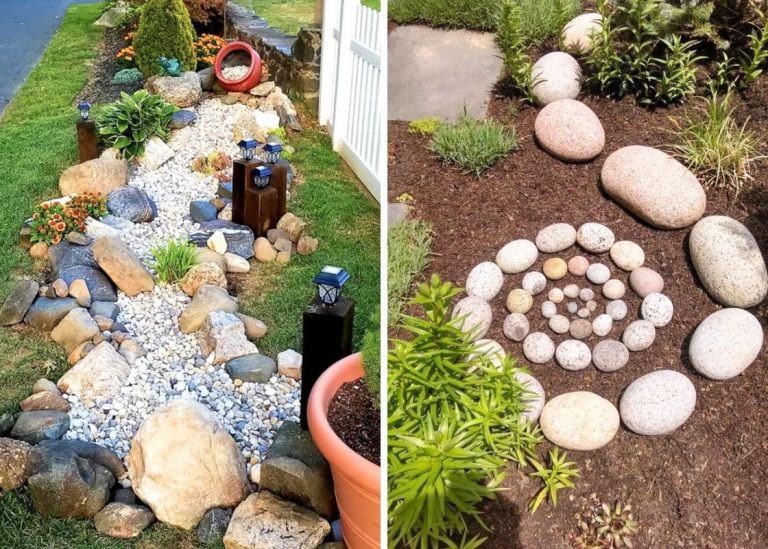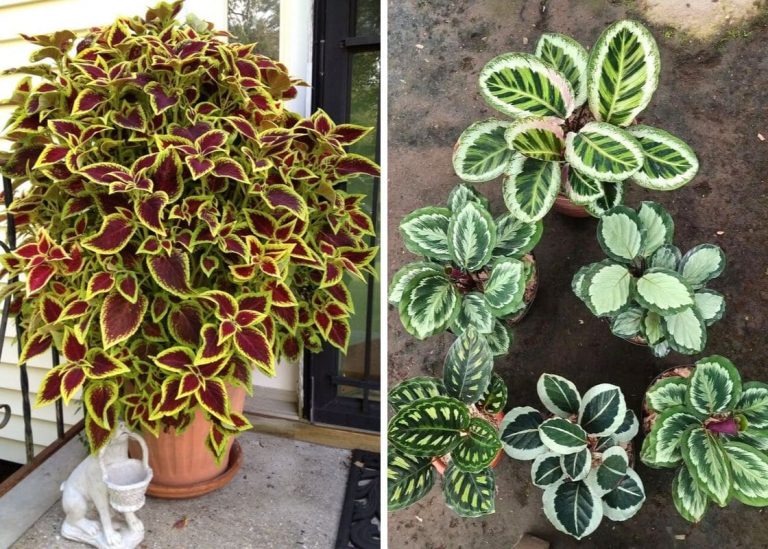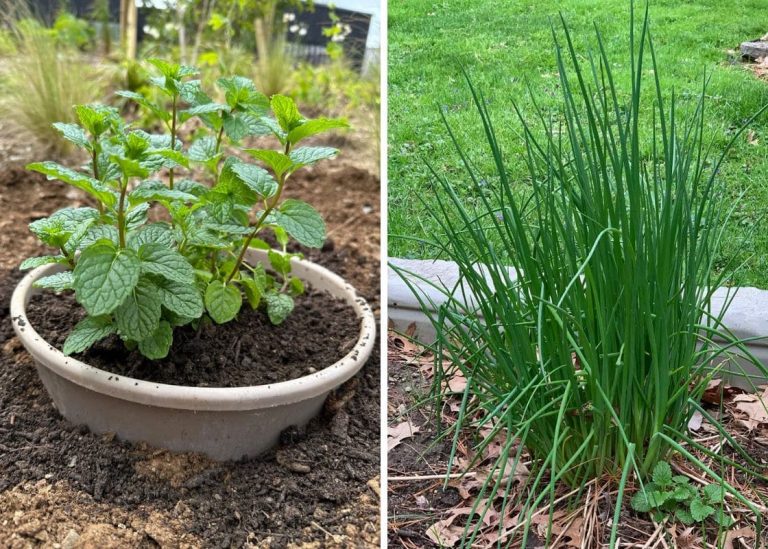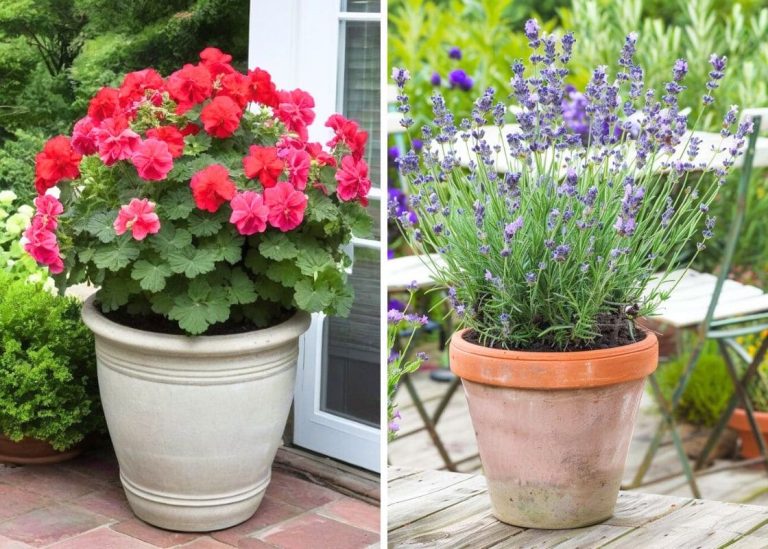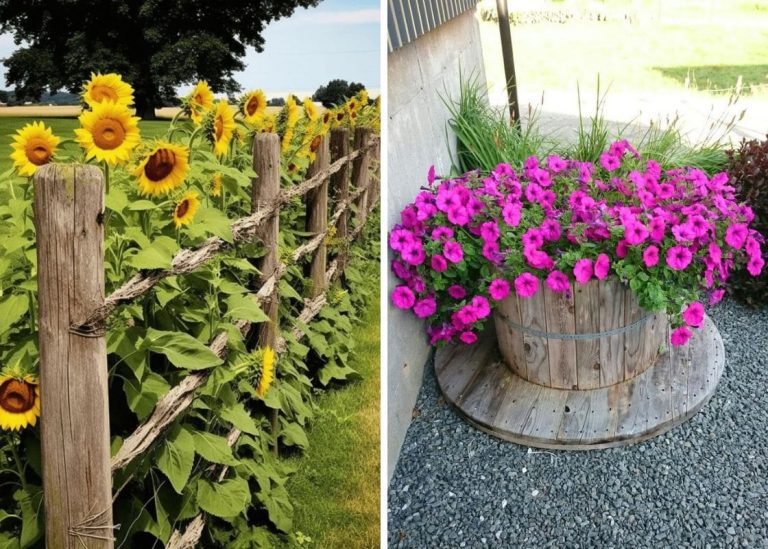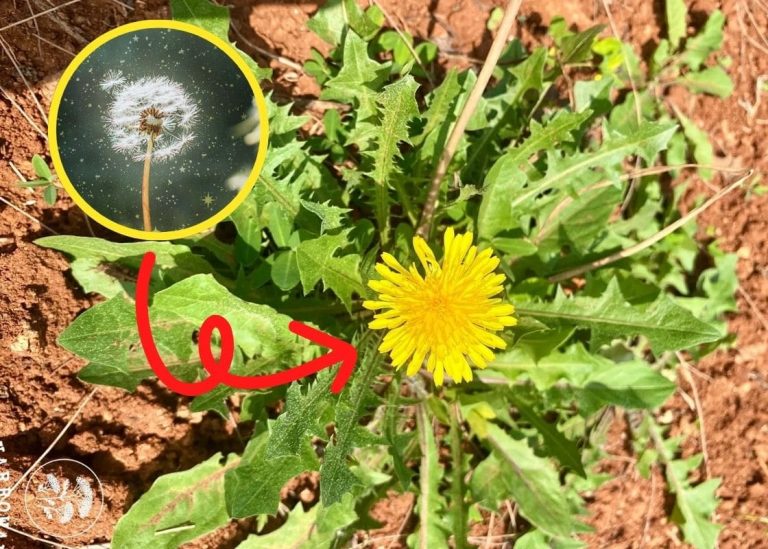22 Vegetables That Thrive in the Shade for Your Garden
I never thought the shadiest corner of my garden would become my favorite. Tucked behind the tool shed, where the afternoon sun barely lingers, it always felt like a forgotten space—until I dared to plant a few greens there just to see what might happen. To my delight, those leaves burst to life like they were secretly waiting for the cool shadows to call them home.
There’s a kind of quiet magic in shade gardening. It slows everything down in the best way. No sunburnt leaves. No dry, cracked soil begging for water. Just soft light, patient growth, and flavors that somehow feel richer, deeper, and more nourishing.
I’ve come to believe every garden, no matter how small or awkward, deserves a chance to shine—especially the shady spots. So if you’re feeling limited by lack of sun, let me show you the vegetables that don’t just survive in shade… they thrive. These are the heroes of the half-lit world, and I’ve grown many of them with joy, curiosity, and sometimes, total surprise.
Let’s step into the softer side of gardening—where the breeze is cooler, the leaves are lusher, and every bite feels like a little secret.
#1. Kale
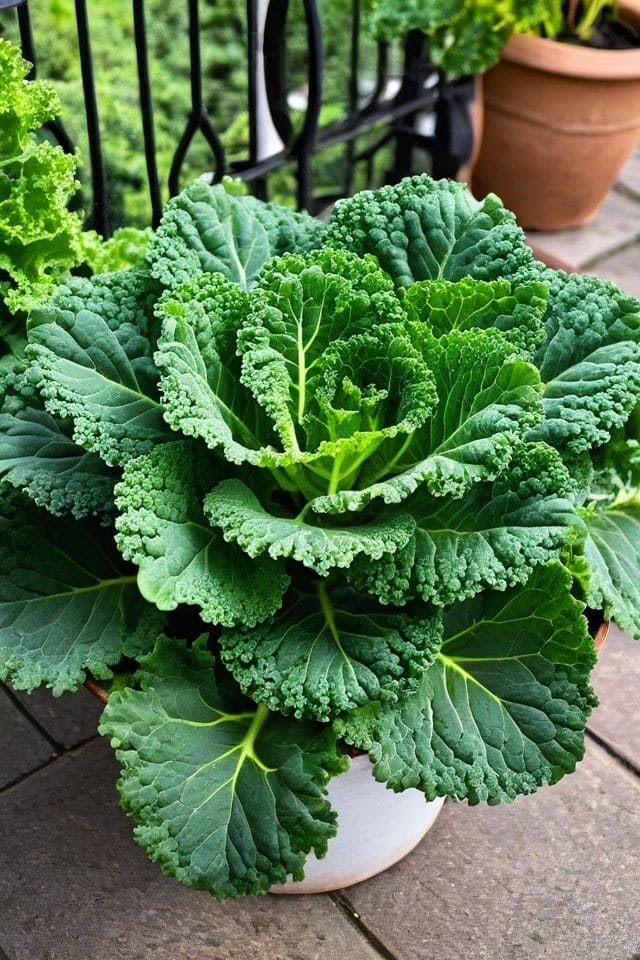
Kale, scientifically known as Brassica oleracea, thrives in cool climates with well-drained, fertile soil. This hardy green vegetable can grow in partial to full shade, making it an excellent choice for gardens with limited sunlight.
Kale is tolerant of frost, enhancing its flavor and nutritional content in colder weather.
#2. Beet
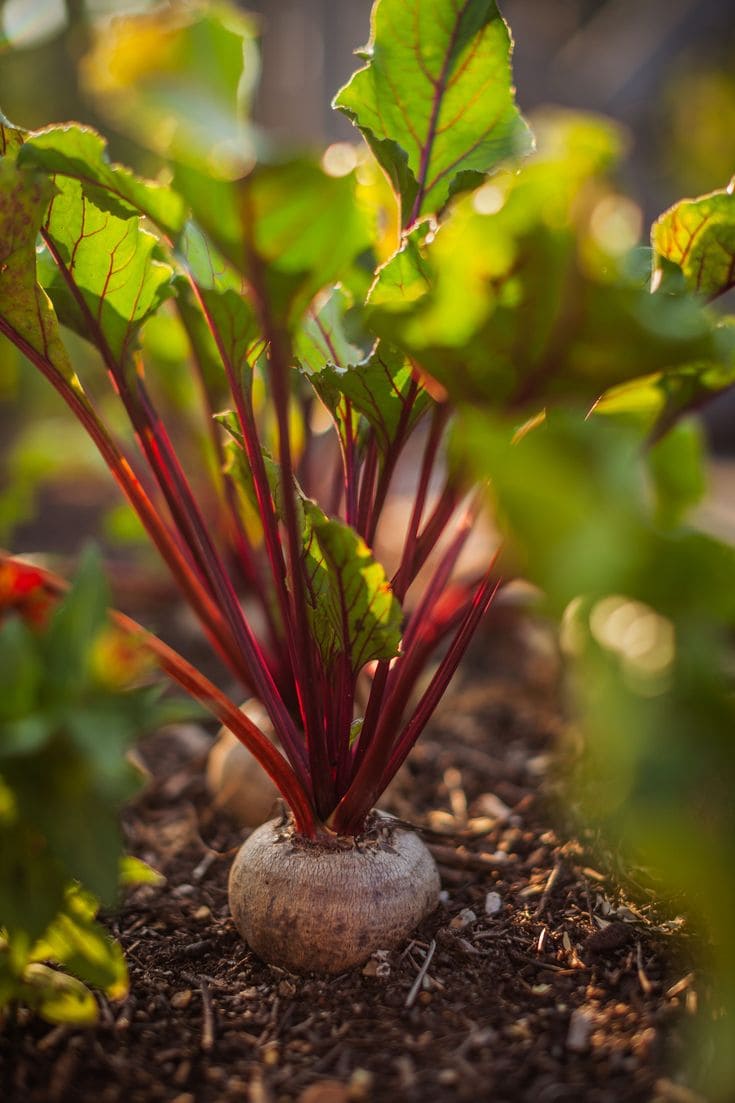
Beets, scientifically known as Beta vulgaris, prefer cool, well-drained soil and moderate climates. These root vegetables can tolerate partial shade, making them suitable for gardens with less sunlight.
Beets thrive in rich, loamy soil and can withstand light frosts, often producing sweeter roots in cooler conditions.
#3. Lettuce
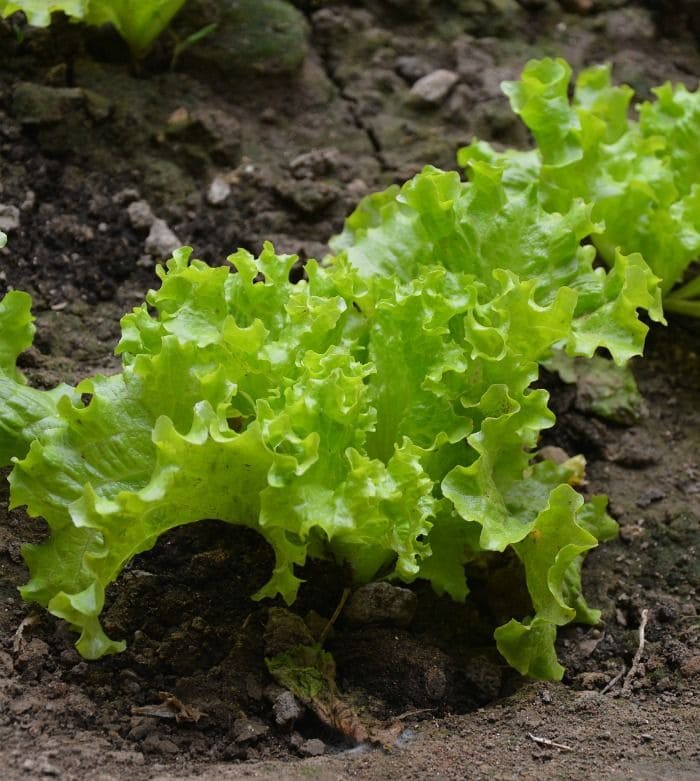
Lettuce, scientifically Lactuca sativa, grows best in cool, moist conditions with well-drained, fertile soil. It thrives in partial to full shade, making it perfect for gardens with limited sunlight.
Lettuce prefers temperatures between 55–65°F and can tolerate light frost, growing quickly in spring or fall.
#4. Spinach
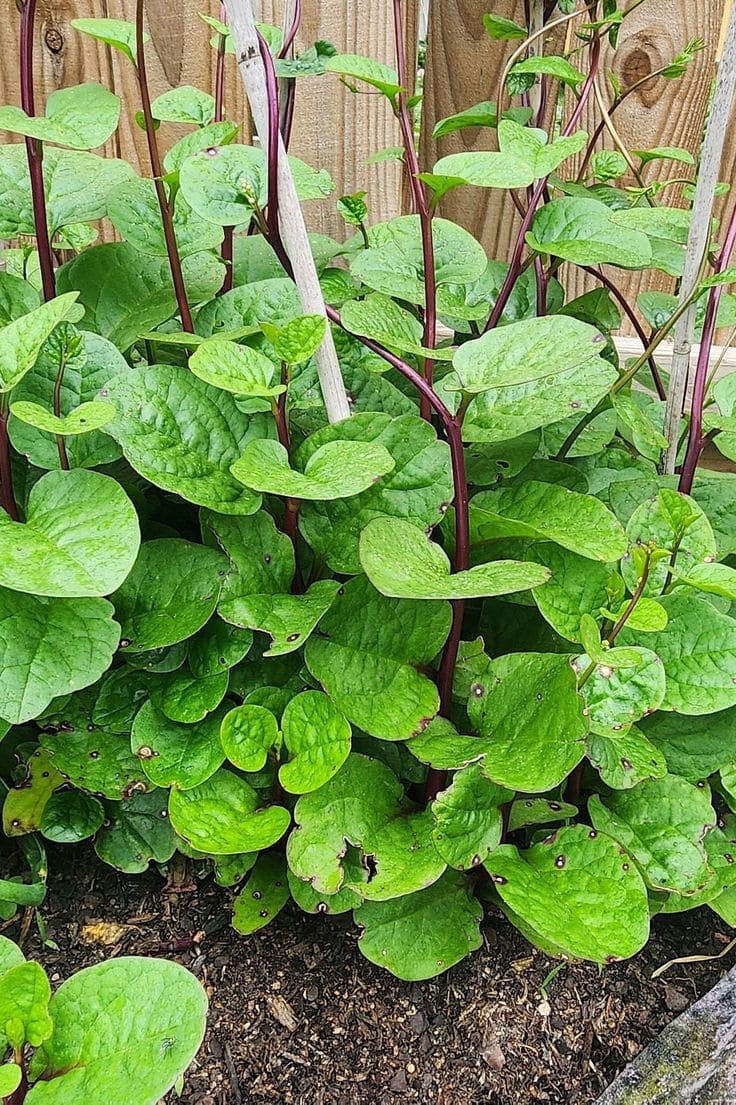
Spinach, scientifically Spinacia oleracea, prefers cool, moist conditions with rich, well-drained soil. It can grow in partial shade, making it ideal for gardens with limited sunlight.
Spinach thrives in temperatures between 50–60°F and is known for its ability to tolerate light frost, producing tender, nutritious leaves.
#5. Arugula
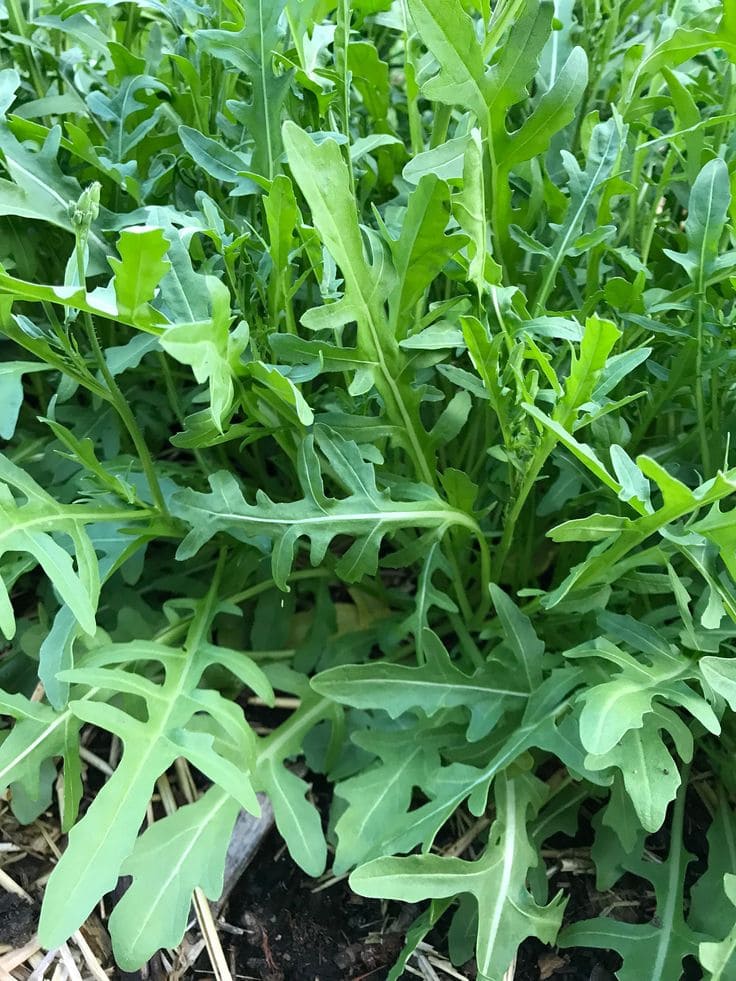
Arugula, scientifically Eruca vesicaria, thrives in cool, well-drained soil and moderate climates. It can grow in partial shade, making it perfect for gardens with limited sunlight.
Arugula prefers temperatures between 45–65°F and matures quickly, offering peppery, nutrient-rich leaves even in less-than-ideal light conditions.
#6. Carrots
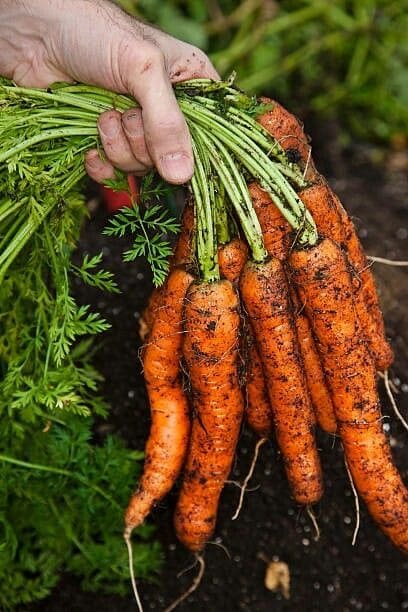
Carrots, scientifically Daucus carota, grow best in loose, well-drained, sandy soil with moderate temperatures. They can tolerate partial shade, making them suitable for gardens with limited sunlight.
Carrots prefer temperatures between 55–75°F, and while they thrive in full sun, they can still produce quality roots in shadier spots.
#7. Chard
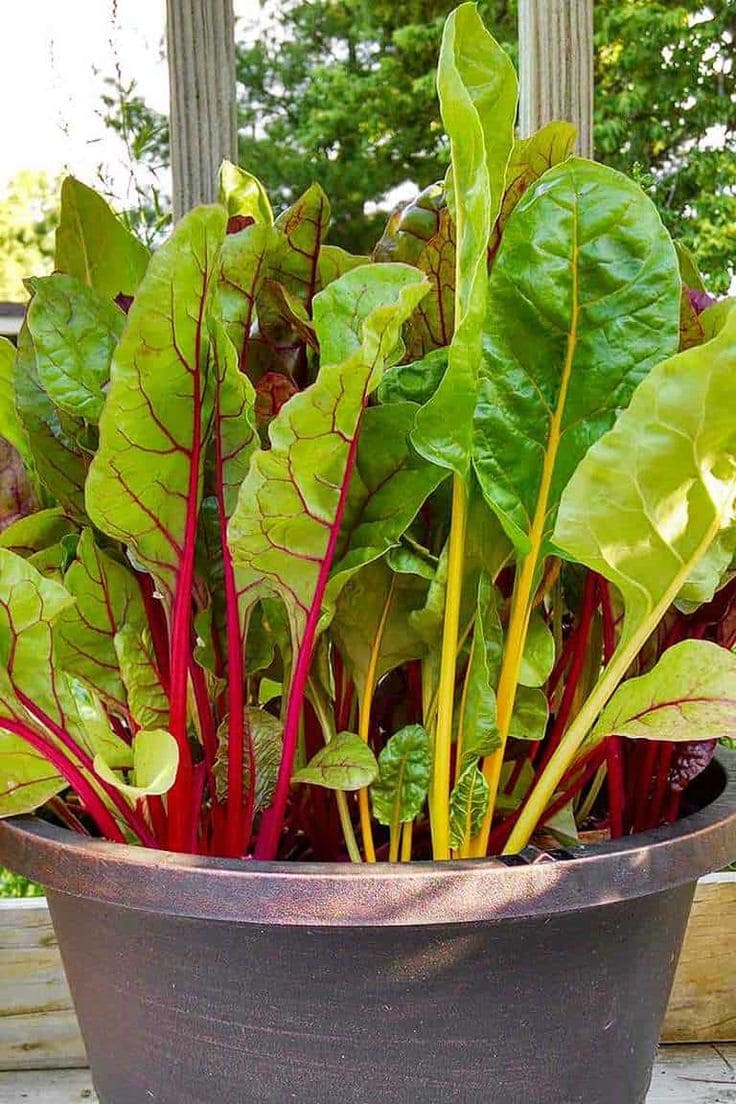
Chard, scientifically Beta vulgaris var. cicla, thrives in well-drained, fertile soil with moderate temperatures. It can grow in partial shade, making it ideal for gardens with limited sunlight.
Chard is hardy, tolerating light frost, and prefers temperatures between 50–75°F, producing vibrant, nutritious leaves even in shadier spots.
#8. Pea
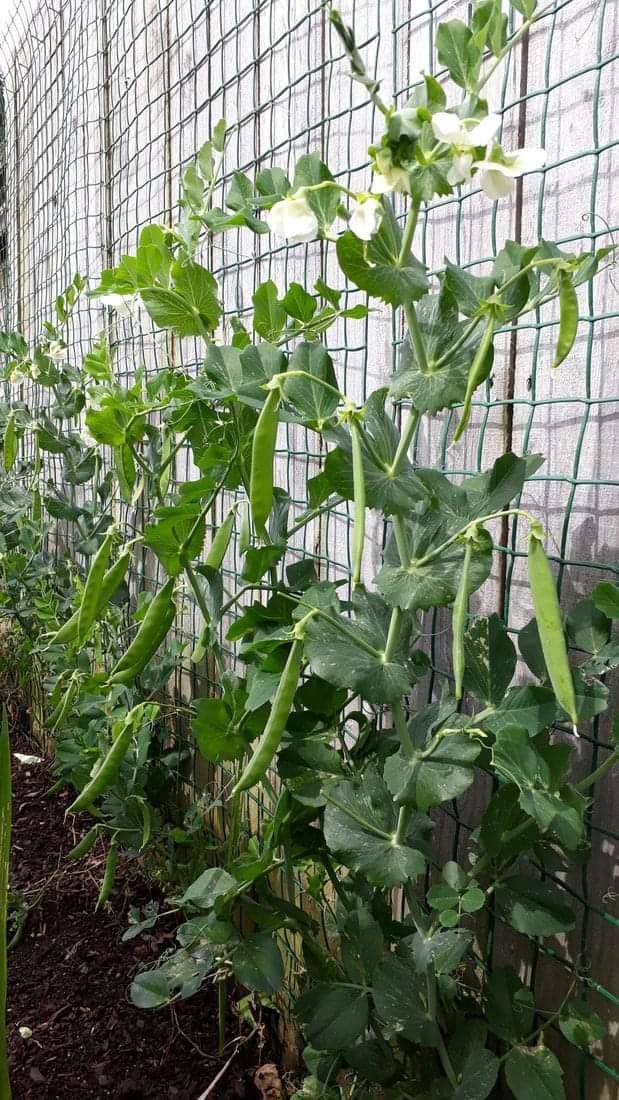
Peas, scientifically Pisum sativum, prefer cool, well-drained, fertile soil and moderate temperatures. While they thrive in full sun, peas can tolerate partial shade, especially during warmer months.
They grow best in temperatures between 55–70°F and benefit from support for climbing, producing tender, nutrient-rich pods even in shadier areas.
#9. Radish
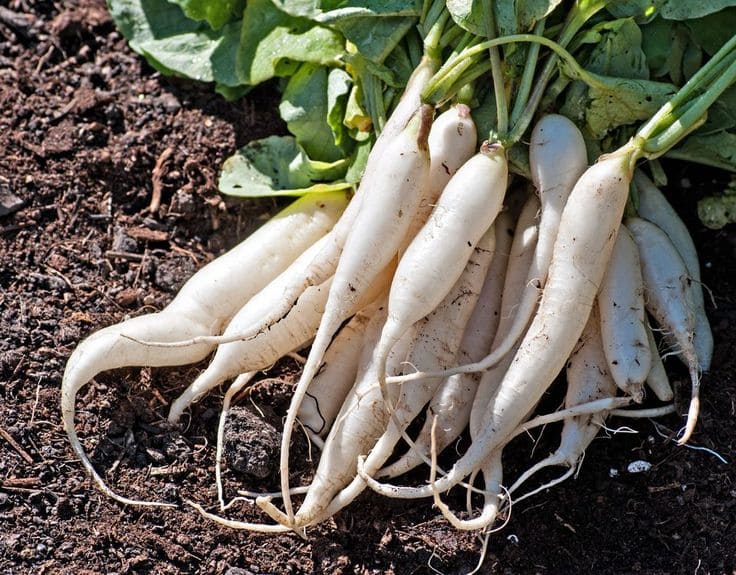
Radishes, scientifically Raphanus sativus, grow best in well-drained, loose soil with moderate temperatures. They can tolerate partial shade, making them a good option for gardens with limited sunlight.
Radishes prefer temperatures between 50–65°F and mature quickly, offering crisp, spicy roots even in shadier conditions.
#10. Cabbage
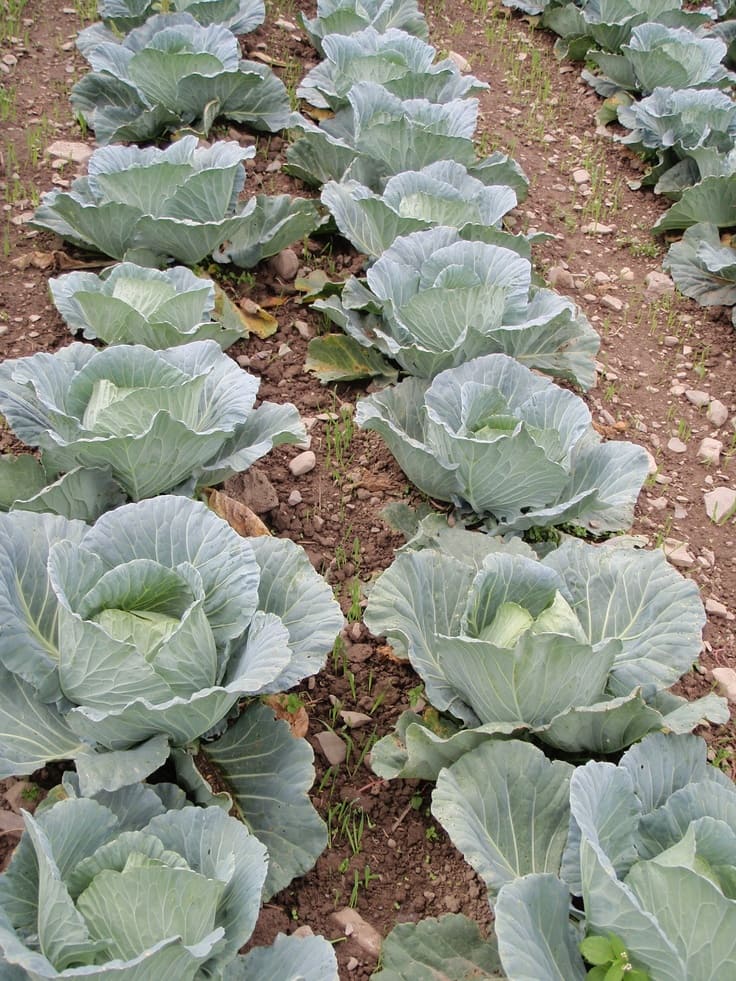
Cabbage, scientifically Brassica oleracea var. capitata, thrives in cool, well-drained soil and moderate climates. While it prefers full sun, cabbage can tolerate partial shade, especially in warmer regions.
It grows best in temperatures between 55–75°F and produces dense, leafy heads even in less sunny conditions.
#11. Mustard greens
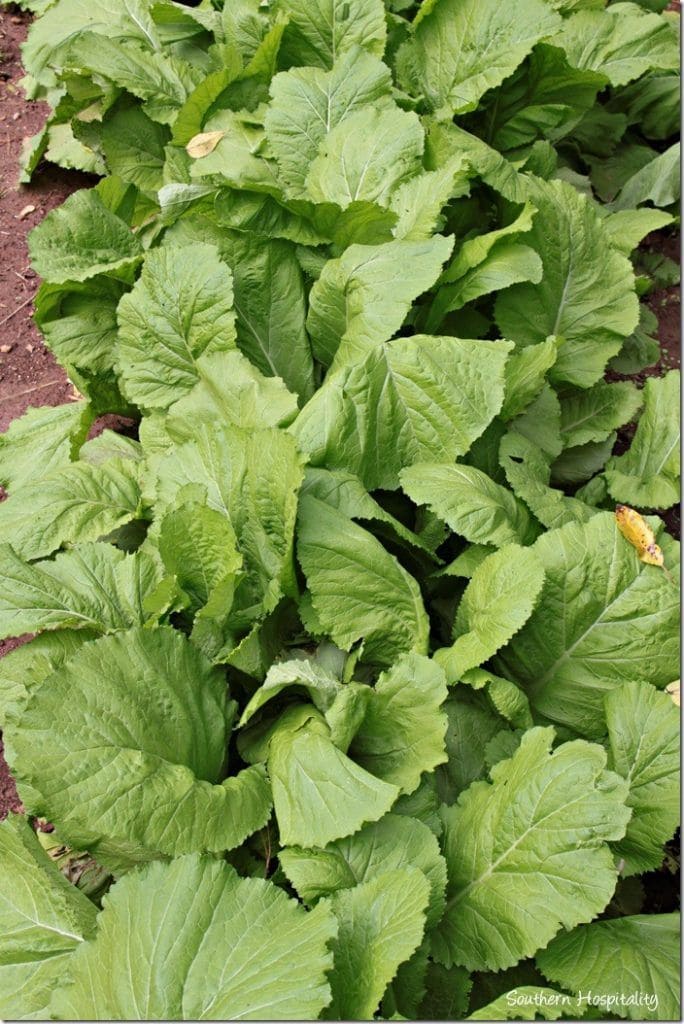
Mustard greens, scientifically Brassica juncea, thrive in cool, well-drained soil and moderate climates. They can grow in partial shade, making them ideal for gardens with limited sunlight.
Mustard greens prefer temperatures between 50–65°F, producing tender, peppery leaves even in shadier conditions, ideal for cooler weather.
#12. Bok choy
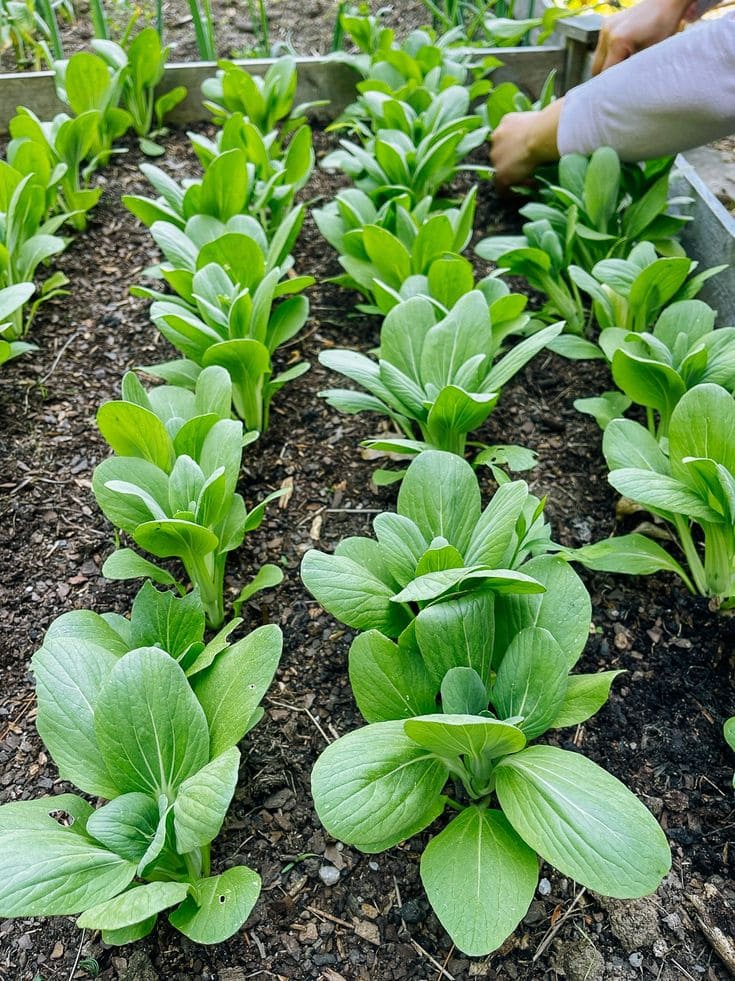
Bok choy, scientifically Brassica rapa var. chinensis, thrives in cool, well-drained, fertile soil. It can grow in partial shade, making it suitable for gardens with limited sunlight.
Bok choy prefers temperatures between 50–70°F and produces tender, crunchy leaves even in less sunny conditions, thriving in cooler weather.
#13. Celery
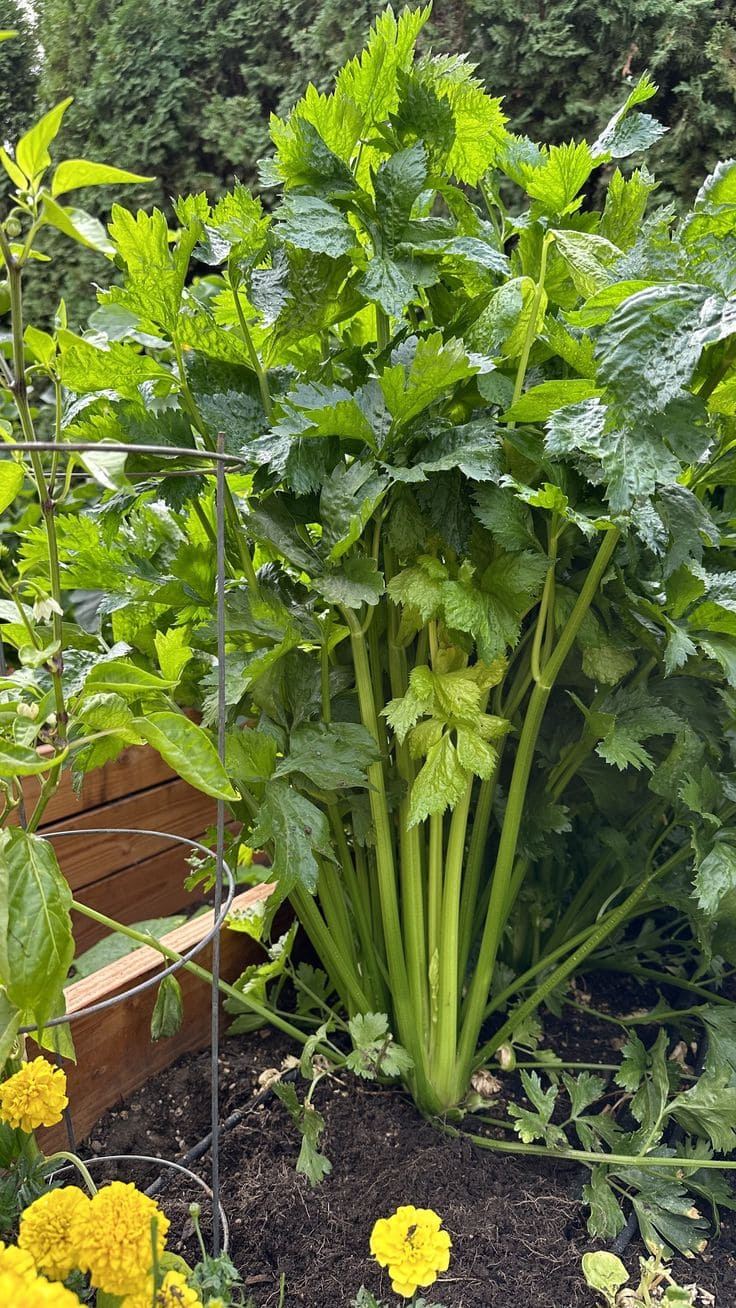
Celery, scientifically Apium graveolens, prefers moist, well-drained soil and cool temperatures. While it thrives in full sun, celery can tolerate partial shade, especially in warmer climates.
It grows best in temperatures between 55–70°F and produces crisp, flavorful stalks even when grown in shadier conditions.
#14. Scallions
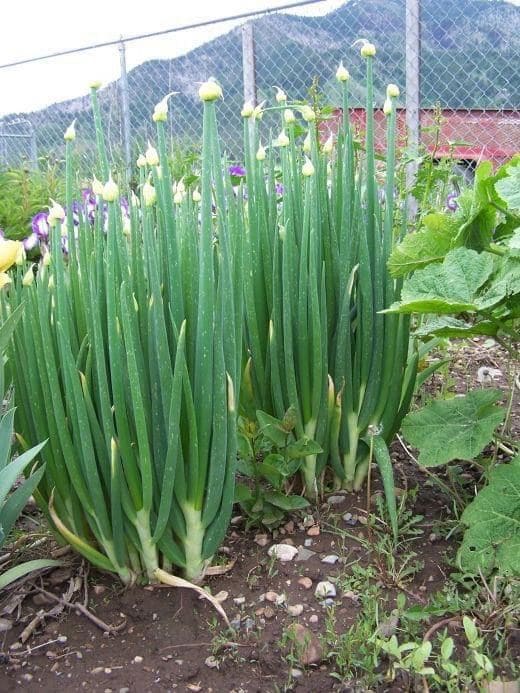
Scallions, scientifically Allium fistulosum, thrive in well-drained, fertile soil and moderate temperatures. They can grow in partial shade, making them perfect for gardens with limited sunlight.
Scallions prefer temperatures between 55–75°F and produce mild, crunchy greens even in shadier conditions, offering versatility in cooler climates.
#15. Brussels Sprouts
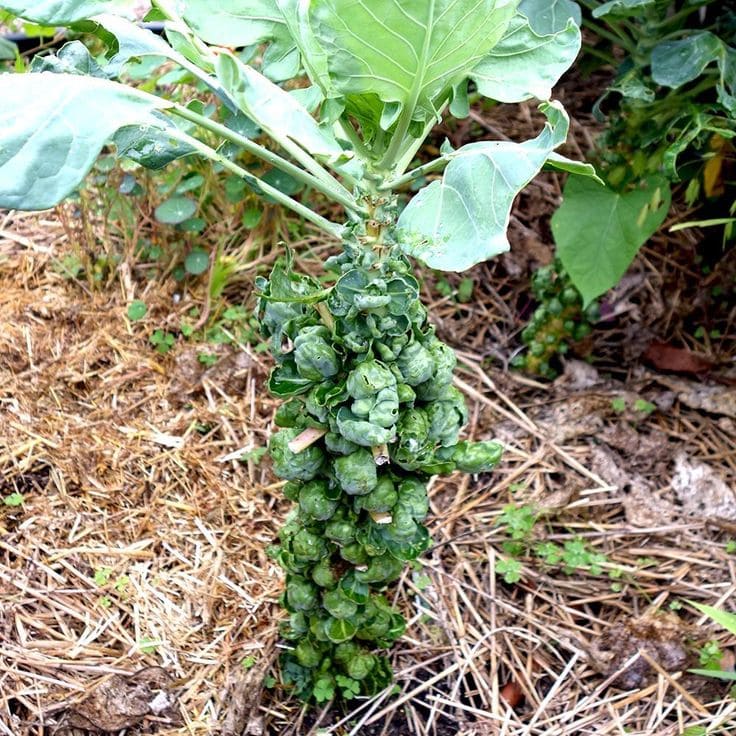
Brussels sprouts, scientifically Brassica oleracea var. gemmifera, prefer cool, well-drained soil and moderate climates. While they thrive in full sun, they can tolerate partial shade, especially in warmer regions.
Brussels sprouts grow best between 55–75°F, producing small, nutrient-packed buds even in less sunny conditions.
#16. Amaranth
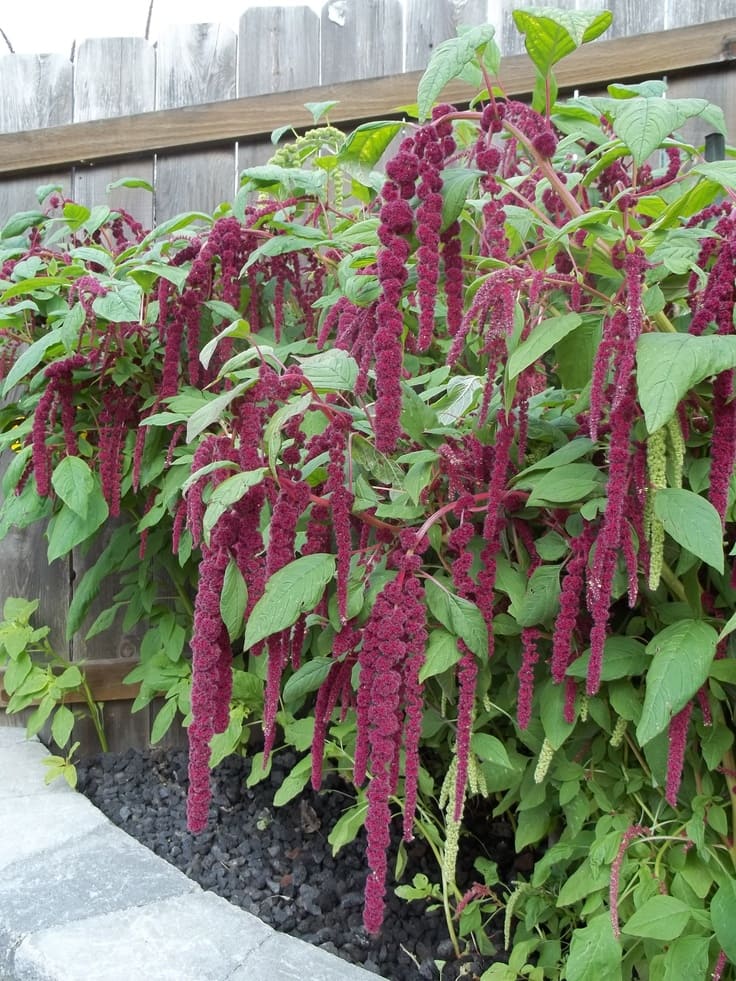
Amaranth, scientifically Amaranthus spp., thrives in well-drained, fertile soil and warm climates. While it prefers full sun, amaranth can tolerate partial shade, especially in hotter regions.
It grows best in temperatures between 70–90°F, producing vibrant, nutritious leaves and seeds even in shadier spots.
#17. Kohlrabi
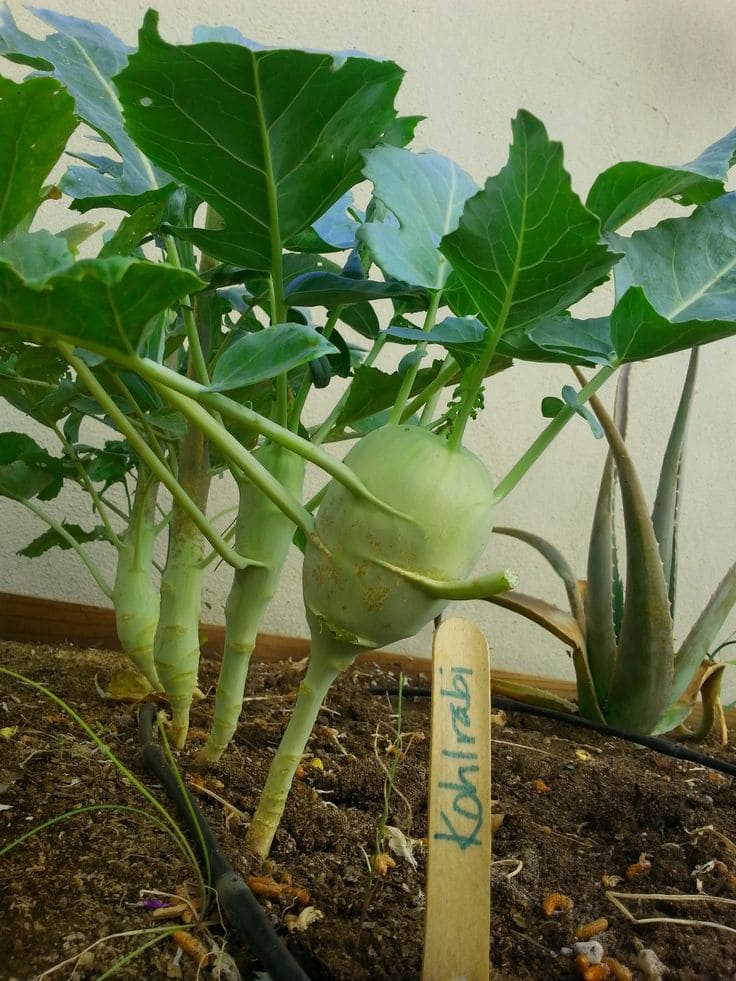
Kohlrabi, scientifically Brassica oleracea var. gongylodes, thrives in well-drained, fertile soil and cool climates. It can grow in partial shade, making it suitable for gardens with limited sunlight.
Kohlrabi prefers temperatures between 55–70°F and produces crisp, mildly sweet bulbs even in shadier conditions, ideal for cooler weather.
#18. Leeks
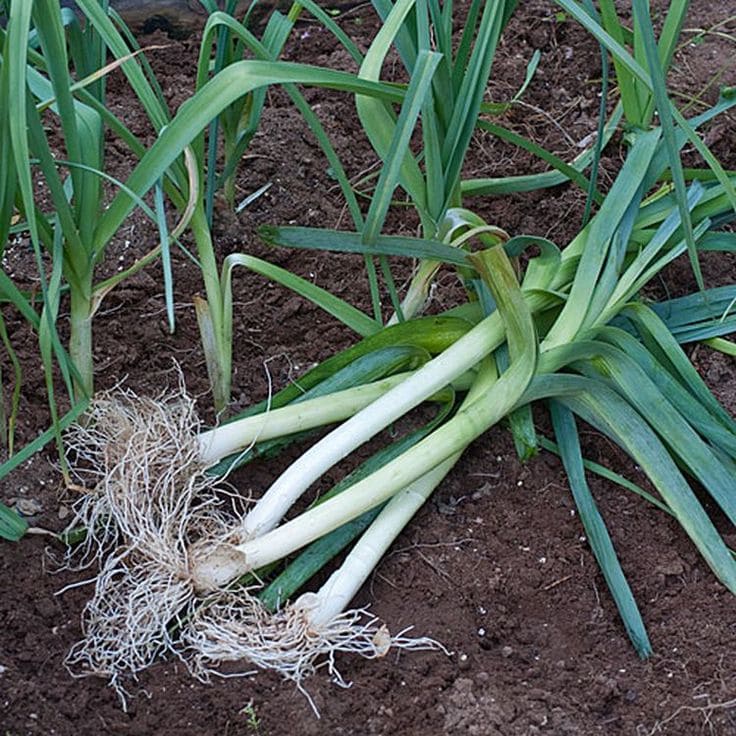
Leeks, scientifically Allium ampeloprasum var. porrum, thrive in well-drained, fertile soil and moderate climates. They can grow in partial shade, making them suitable for gardens with limited sunlight.
Leeks prefer cooler temperatures, between 55–75°F, producing mild, tender stalks even in shadier conditions.
#19. Mizuna
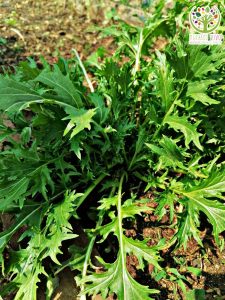
Mizuna, scientifically Brassica rapa var. nipposinica, thrives in well-drained, fertile soil and cool temperatures. It can grow in partial shade, making it ideal for gardens with limited sunlight.
Mizuna prefers temperatures between 50–65°F and produces tender, peppery leaves even in shadier conditions, ideal for cooler climates.
#20. Parsnip
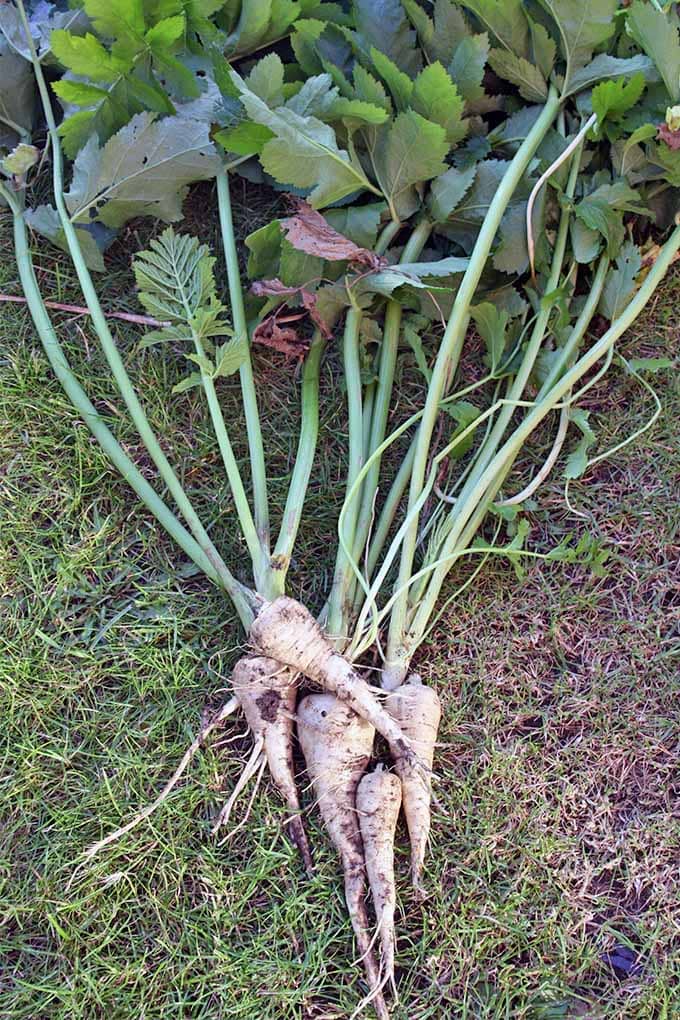
Parsnip, scientifically Pastinaca sativa, grows best in well-drained, fertile soil with cool to moderate temperatures. While it thrives in full sun, it can tolerate partial shade, especially in gardens with limited sunlight.
Parsnips prefer temperatures between 50–75°F and develop sweet, nutty roots after exposure to frost.
#21. Potatoes
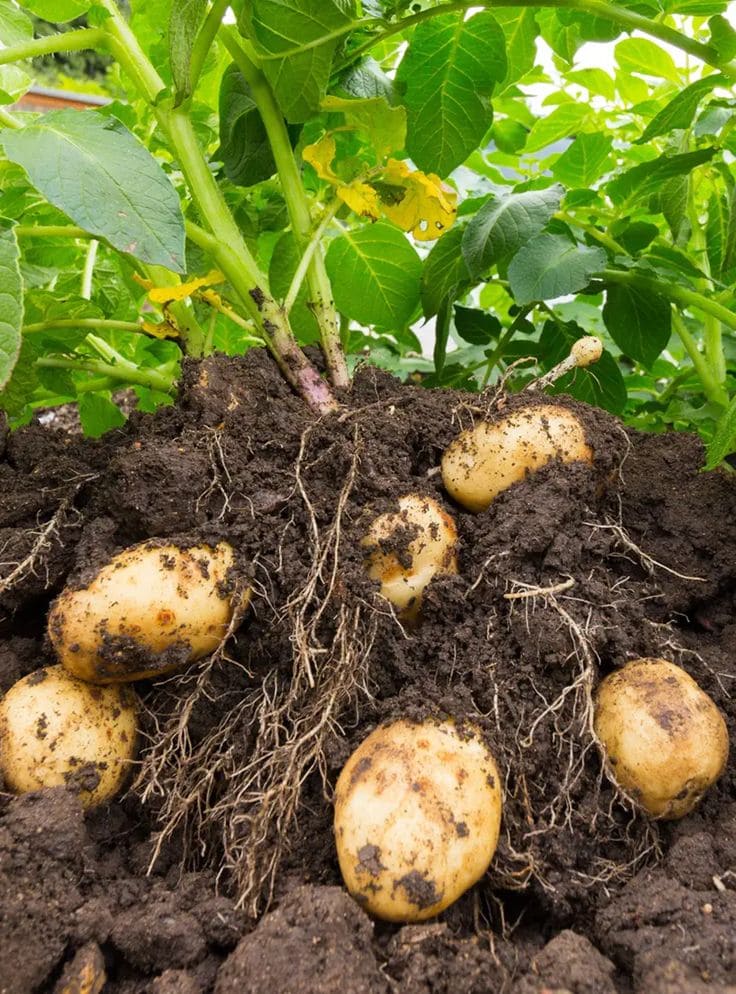
Potatoes, scientifically Solanum tuberosum, prefer well-drained, loose soil and moderate temperatures. While they thrive in full sun, potatoes can tolerate partial shade, particularly in warmer climates.
They grow best in temperatures between 60–70°F, producing healthy tubers even in less sunny conditions, especially with adequate soil moisture.
#22. Turnip
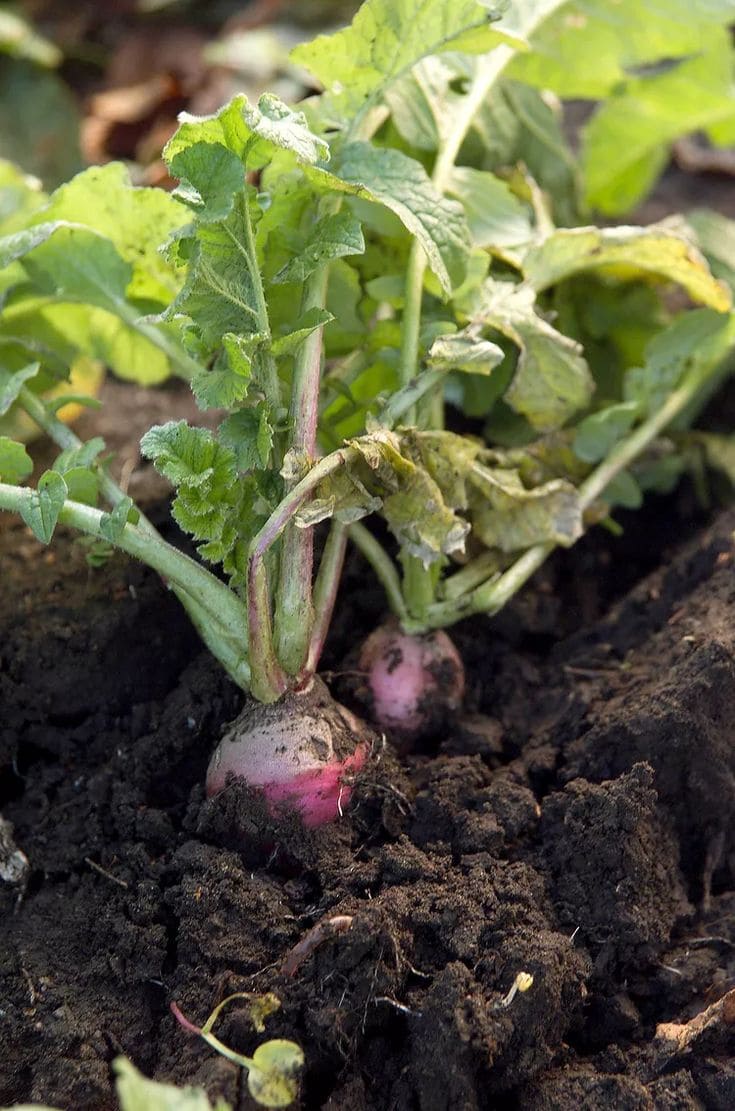
Turnip, scientifically Brassica rapa subsp. rapa, thrives in cool, well-drained soil and moderate climates. It can grow in partial shade, making it suitable for gardens with limited sunlight.
Turnips prefer temperatures between 50–70°F and produce both tender roots and nutritious greens even in less sunny conditions.
Final Thoughts
Shade isn’t a limitation—it’s an invitation to garden differently. Some of my favorite harvests came from those overlooked corners, where soft light and quiet growth brought unexpected beauty.
There’s a calmness in tending leafy greens beneath dappled branches or beside a shaded fence. The plants may grow slower, but somehow, the reward feels deeper—more personal.
I hope this list opens up new possibilities in your garden. Try one or two shade-loving veggies and see what happens. Sometimes, it’s the low-light places that bring the brightest surprises.

